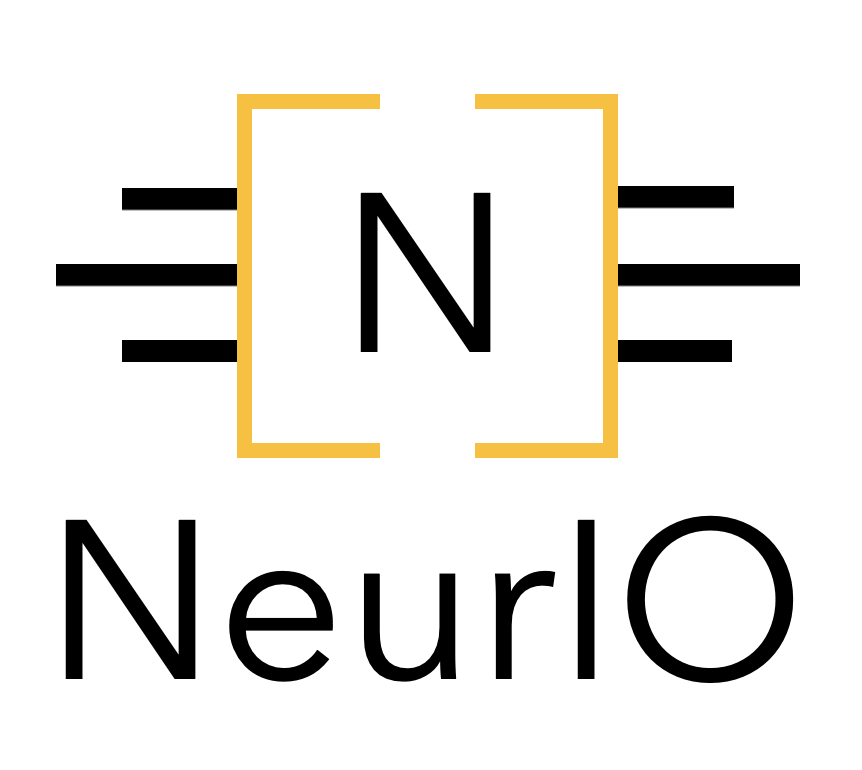Block-based Benchmark#
Edge devices are usually very constrained in terms of resources. Some devices may execute some layer faster than other, while some devices might not support all layers. This makes it difficult to compare the performance of different devices.
To solve this problem, NeurIO provides a block-based benchmarking framework. This framework allows to compare the performance of different devices by measuring the time it takes to execute each layer of the model.
Layer-based benchmarking#
The basic blocks are consist in popular layers used in neural networks. These blocks are:
Convolutional 1D layer
Convolutional 2D layer
Depthwise 2D convolutional layer
Convolutional 3D layer
Fully connected layer
Pooling layer
Activation layer
Batch normalization layer
Reshape layer
Padding
The available configurations for each block are as follow
Block |
Config-1 |
Config-2 |
Config-3 |
Config-4 |
|---|---|---|---|---|
Convolutional 1D |
filters 32, stride 1 |
filters 32, stride 2 |
filters 64, stride 1 |
filters 64, stride 2 |
Convolutional 2D |
filters 32, stride 1 |
filters 32, stride 2 |
filters 64, stride 1 |
filters 64, stride 2 |
Convolutional 2D |
filters 32, 1x1 |
filters 32, 3x3 |
filters 32, 5x5 | filters 64, 7x7 |
|
Depthwise 2D conv |
filters 32, stride 1 |
filters 32, stride 2 |
filters 64, stride 1 |
filters 64, stride 2 |
Convolutional 3D |
filters 32, stride 1 |
filters 32, stride 2 |
filters 64, stride 1 |
filters 64, stride 2 |
Fully connected |
128-32 neurons |
256-64 neurons |
512-128 neurons |
1024-256 neurons |
AvgPooling1D |
2, stride 1 |
2, stride 2 |
4, stride 2 |
7, stride 1 |
AvgPooling2D |
2x2, stride 1 |
2x2, stride 2 |
4x4, stride 2 |
7x7, stride 1 |
MaxPooling1D |
2, stride 1 |
2, stride 2 |
4, stride 2 |
7, stride 1 |
MaxPooling2D |
2x2, stride 1 |
2x2, stride 2 |
4x4, stride 2 |
7x7, stride 1 |
Activation |
ReLU |
Sigmoid |
ReLU6 |
Tanh |
Batch norm |
1D |
2D |
3D |
4D |
Reshape |
1D |
2D |
3D |
4D |
Padding 1D |
Zero |
Constant |
Reflect |
Symmetric |
Padding 2D |
Zero |
Constant |
Reflect |
Symmetric |
Usage#
To use the block-based benchmarking framework, you need to create a LayerBasedBenchmark object. This object will be used to
benchmark the different blocks. The LayerBasedBenchmark object can be created as follow:
from neurio.benchmark import LayerBasedBenchmark
benchmark = LayerBasedBenchmark()
device = ... # Create a device object
results = benchmark.run_on(device)
Once the LayerBasedBenchmark object is created, you can run the benchmark on a connected device as follow.
The run_on method will run all the benchmarks on the device and return a BenchmarkResult object.
This object contains the results of the benchmark.
Cell-based benchmarking#
Cells are blocks that are composed of multiple layers. Usually, they are building blocks of popular topologies used in neural networks. These cells can be:
Skip connection (Concatenate and Add)
ResNet block
DenseNet block
Inception block
MobileNet block
Classifier block
The available configurations for each block are as follow:
Block |
Config-1 |
Config-2 |
Config-3 |
Config-4 |
|---|---|---|---|---|
Skip connection |
Concatenate-2 |
Add-2 |
Concatenate-4 |
Add-4 |
ResNet block |
ConvBlock 64 filters |
IID Block 64 filters |
ConvBlock 128 filters |
IID Block 128 filters |
DenseNet block |
Conv1D 32 filters |
Conv1D 64 filters |
Conv2D 32 filters |
Conv2D 64 filters |
Inception block |
Naive-1D |
With reduction-1D |
Naive-2D |
With reduction-2D |
MobileNet block |
Block 32 filters |
Block 64 filters |
Block 128 filters |
Block 256 filters |
Classifier block |
Avg2D-Flatten-Dense10 |
GlAvg-Flatten-Dense10 |
Usage#
To use the composed block-based benchmarking framework, you need to create a CellBasedBenchmark object.
This object will be used to benchmark the different blocks. The CellBasedBenchmark object can be used as follow:
from neurio.benchmark import CellBasedBenchmark
benchmark = CellBasedBenchmark()
device = ... # Create a device object
results = benchmark.run_on(device)
Once the CellBasedBenchmark object is created, you can run the benchmark on a connected device as follow.
The run_on method will run all the benchmarks on the device and return a BenchmarkResult object.
This object contains the results of the benchmark.
